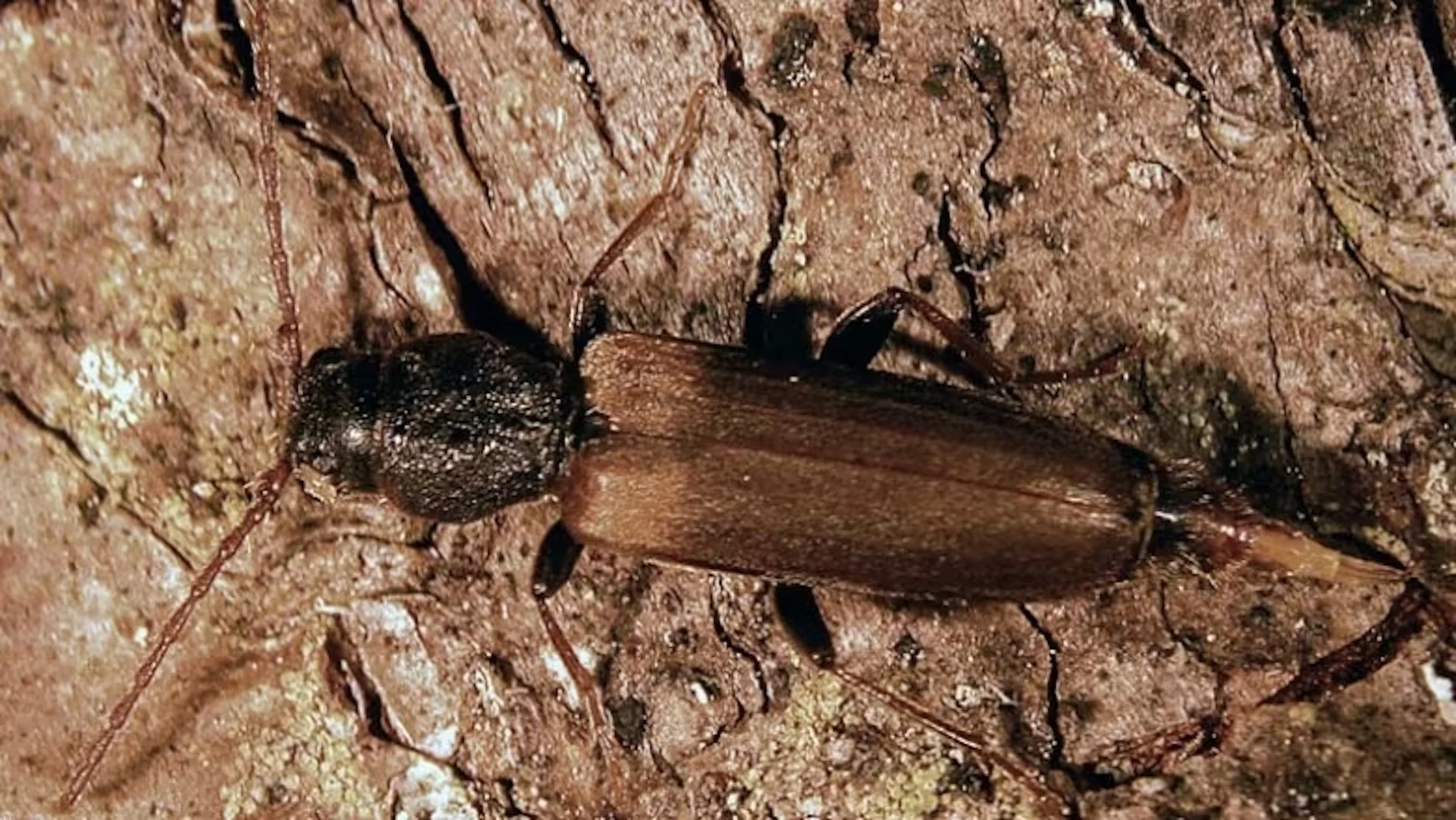
B.C. wildfires devastate wildlife habitats, but some insects thrive in the ashes
Visit The Weather Network's wildfire hub to keep up with the latest on the active wildfire season across Canada.
B.C. has experienced an unprecedented wildfire season that has had a devastating impact on many wildlife species, but some of the animal kingdom's smallest citizens have adapted to thrive in this challenging environment.
Dezene Huber, an ecosystem science professor at the University of Northern British Columbia (UNBC), explains that there are certain insects, like woodboring beetles — which he calls "pyrophilic insects" — that actually seek out fire and smoke.
"These woodboring beetles…fly towards smouldering burnt-out areas so that they can lay their eggs on trees that have been weakened by the fire.
RELATED: We know the human costs of wildfires, but what about our wildlife?
"There are going to be other insects like wasps that might prey on those beetles …[ and] seek out fire-prone areas as well," he told host Sarah Penton on CBC's Radio West.
WATCH: How a map could help keep mammals protected
Eggs laid on fire-sterilized soil and burned trees to avoid predation
British Columbia has been grappling with over 1,500 wildfires that have burned over 15,000 square kilometres of land across the province this season, according to the latest statistics from the government. B.C.'s Ministry of Forests told CBC News that it has yet to assess the blazes' impact on wildlife.
Aaron Bell, a doctoral student studying biology at the University of Saskatchewan, says about 50 to 60 insect species globally are known to be pyrophilic, and they have developed the trait of laying eggs on fire-killed trees and heat-sterilized soil through evolution as a survival strategy.

(Jaclyn Whittal/The Weather Network)
"Forest soils are normally chock-full of small micro-arthropods like mites that readily devour insect eggs. But the extreme heat from wildfires dramatically reduces invertebrate numbers in soils, effectively sterilizing the soil.
"Pyrophilic insects capitalize on this short window of opportunity and lay their eggs in the heat-sterilized soil before mites and other invertebrates recolonize the burn," Bell wrote in his commentary.
Bell says they also lay their eggs in the tissues of fire-killed trees.
Some bees have trouble with respiration amid smoke
But not all insects fare well in the aftermath of wildfires. Huber says pollinators like bees and butterflies face challenges with respiration in the smoke-filled environment.
"[Small particles] can affect the lifespan of some insects," he said. "[They] can get into those [insects'] airways and block them."
The presence of these particles also affects their ability to smell pheromones emitted by potential mates, making it harder for them to find partners, Huber adds.

(Shutterstock)
Despite the difficulties, some insect species can survive the wildfires, even if they are not pyrophilic, Huber said.
"If we think about ants, for instance, they're lucky because they can go underground — if the fire is not too intense, they're sometimes the first things to start to take over after the fire goes through.
"Certain insects, like dragonflies and butterflies, migrate long distances, and it's been shown that in some of those migrating insects, if they sense smoke, they'll hunker down for a period of time, and they won't carry on with their migration."
Thumbnail courtesy of Natural Resources Canada via CBC.
The story was written by and published for CBC News. It contains files from Radio West.